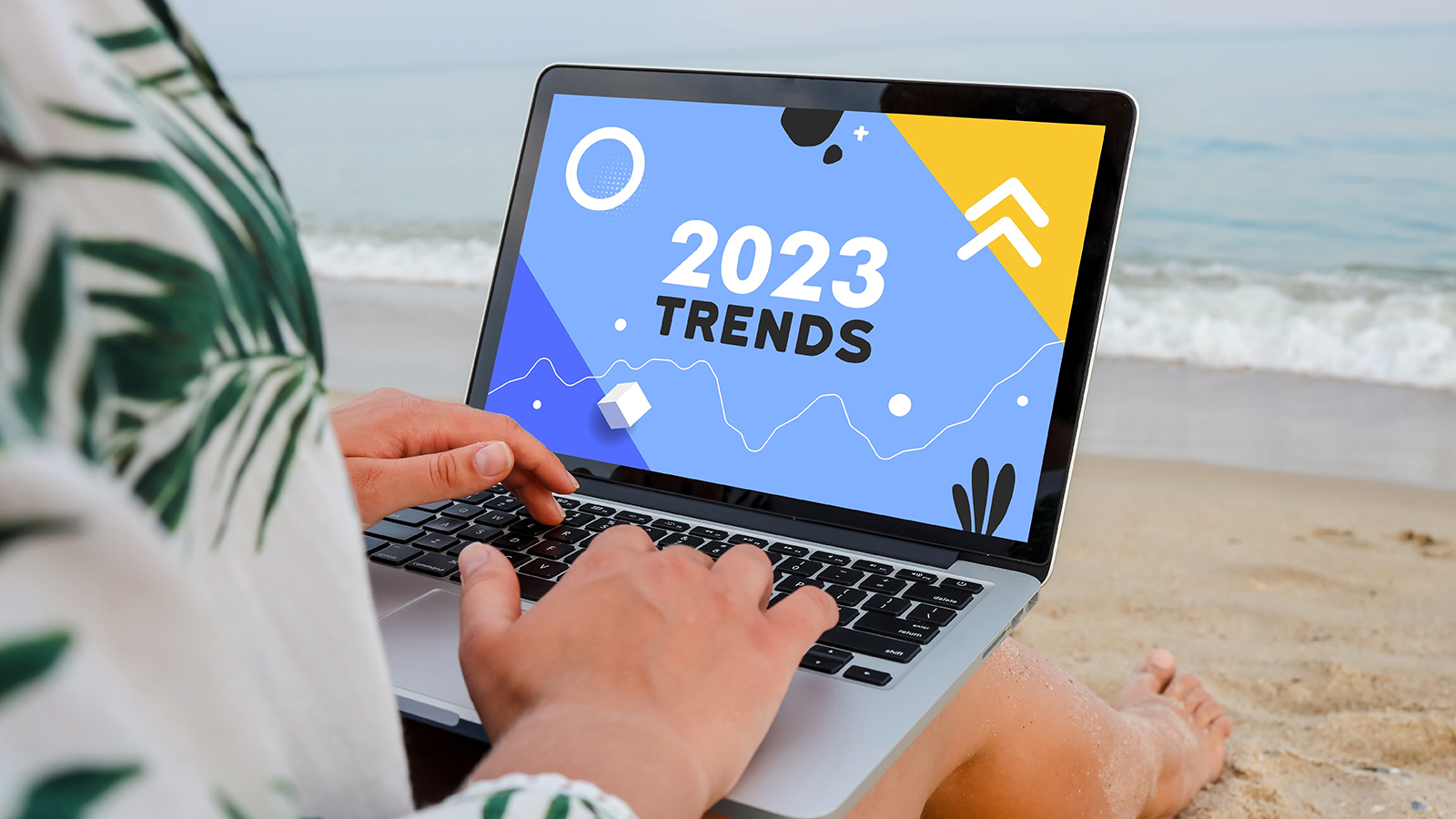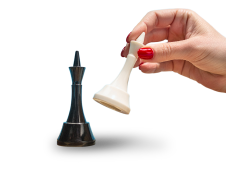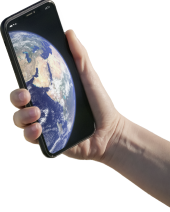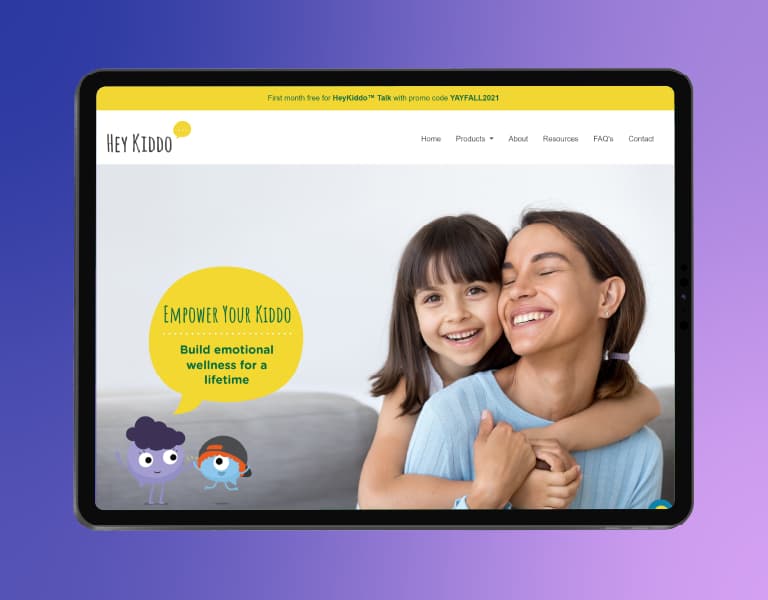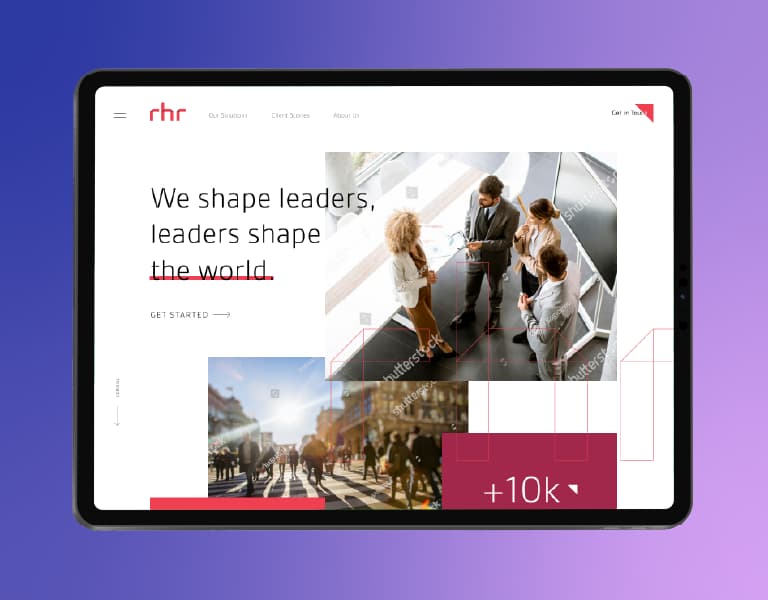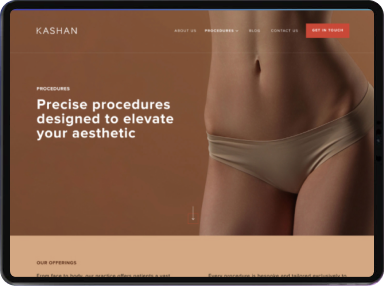
Look Out For These 5 Digital Product Innovations In 2022
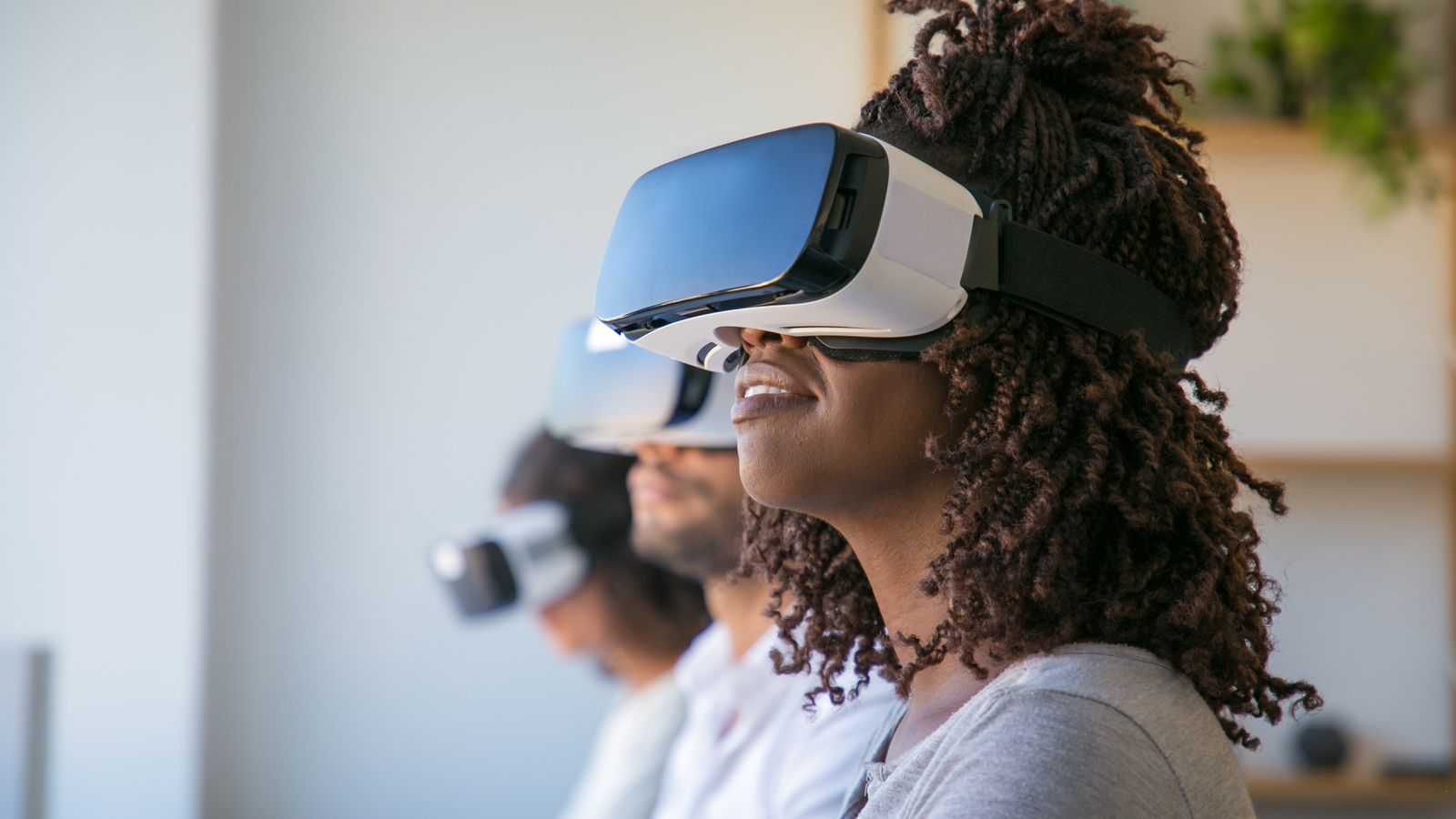
In case you missed it: the future is here. We’ve officially entered 2022, and this year holds a lot of promise and hope for the global community. We’ve already begun witnessing amazing changes occurring throughout the world in real-time, including shifts to our work paradigms, aggressive climate action and a (hopeful) end in sight to the COVID-19 pandemic.
But alongside all these exciting developments in the offline world, 2022 is also projected to introduce innovations in the digital realm. You’ll probably recognize most of the names on this list, like 5G and artificial intelligence. In past years, these technologies have represented a far-off vision of what the future may look like. Today, in 2022, we’re standing directly at the doorstep of what these incredible innovations have to offer.
Here are five digital product innovations to look out for in 2022 and beyond:
1. Bundled IoT Solutions
At its onset, the Internet of Things (IoT) was a complicated technical concept that remained out of reach for most enterprises. Fast forward to 2022, and IoT product integration has become a lot less daunting, particularly thanks to the rise of bundled – rather than bespoke – enterprise solutions.
Bundled IoT solutions promise higher ROI, less complexity and faster deployment times than custom solutions, given that they axe the time required to customize and test each specific IoT use case. Preconfigured IoT bundles are applicable in industries ranging from energy to data management to agriculture to communications. A 2021 Oracle survey found that 64% of IoT adopters prefer off-the-shelf productized solutions over customized projects, pointing to a growing trend that custom IoT solutions are taking the backburner.
2. AI + Hyperautomation
Artificial intelligence (AI) is nothing new. Businesses have been using the technology to automate workflows, predict customer behavior and create innovative products for years. But the massive shift to digital spurred by the COVID-19 pandemic left some businesses struggling to keep up with demand. Enter hyperautomation, which uses tools like artificial intelligence and machine learning to rapidly identify, vet and automate as many processes as possible – a game-changer for product developers. The more digital touchpoints available to consumers, the more hyperautomation will allow businesses to step in time with demand. According to Gartner, the worldwide market for hyperautomation software will reach $600 billion this year.
3. 5G Everywhere
5G technology is the next-gen form of connectivity that businesses will be swift to implement in 2022. 5G wireless technology delivers higher data speeds, more reliability, a large network capacity, increased availability and a more uniform user experience to more users. In 2022, we’ll start to see the potential of 5G superbloom as it relates to product development; no lag time for 3D renders, more elaborate user journeys and reimagined devices are just some of the exciting developments we can expect to see in the coming years.
4. Cloud-Native Platforms (CNPs)
The benefits of cloud-native platforms – platforms that enable organizations to build scalable applications in public, private and hybrid clouds – are only set to expand in 2022. CNPs aim to up the ante on cloud computing, empowering seamless infrastructure management with higher service speeds, reduced costs and auto scalability, to name a few perks. The global cloud revenue is projected to reach $474 billion this year, with 70% of enterprises expecting to depend on some form of cloud management tool, per McKinsey.
5. Augmented and Virtual Reality
With the increasing prevalence of augmented reality (AR) and virtual reality (VR), the lines between our offline and online lives are blurring. For many industries, the dominance of these technologies is exciting news. Take retail, for example; the market for AR and VR in retail is estimated to reach $17.86 billion by 2028, thanks to an increase in products like virtual “try-on” technology and smart mirrors. These innovations enable customers to try clothes on in virtual reality before buying, saving them both time and effort in making purchasing decisions. Other industries will also benefit from the further development of AR and VR products, including education, healthcare and real estate.
Change happens fast – and, sometimes, the speed of innovation outpaces our ability to keep up. That’s why King’s Crest Global helps companies ranging from startups to large enterprises discover, develop and leverage the digital innovations available at their fingertips. Get in touch to learn how we can help you crush your digital product goals in 2022 and beyond.


